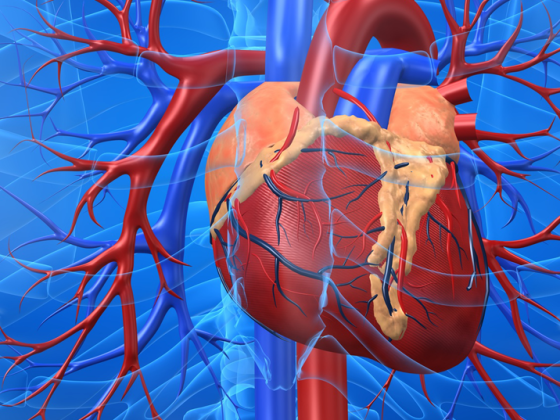The term “essence” was used in ancient times as a philosophical concept of essence, or beingness. What is meant is the inner nature of a thing, its core. If you ask about the essence of pain management, you will get a wide variety of answers, which depend on the specializations and experiences of the interviewees.
Pain experts will certainly agree with the principle that the pain mechanism is crucial when choosing a pain therapy [1]. Therefore, increased knowledge of the different types of pain is needed. Gunther Landmann, MD, and Emmanuelle Opsommer, MD, describe a special form in their article “Central Pain After Stroke.”
But in drug pain management alone, it’s hard to find consistent recommendations. In a recently published study, pain experts, primary care physicians, and other specialists were asked about their choice of a combination of analgesics to treat a chronic pain condition [2]. Among the 2919 physicians surveyed, a total of 176 different drug combinations were suggested, and there was little consensus even among pain experts. The ten most common treatment suggestions were shared by only one-third of the pain experts.
This suggests that there is no such thing as “the correct pain therapy.” The pharmacological approach I discuss in my article is a central one, but with such uncertainty among experts, can it really be called the essence of pain management? In my opinion, this lies in a different place and can be used therapeutically by any physician regardless of specialization: It lies in the quality of the doctor-patient relationship and the resulting quality of a specific non-pharmacological pain therapy, namely patient education in the context of the regular consultation. Patients with chronic pain in particular need to be well educated about their condition, the correct use of analgesia, and their own management of the problem. This can demonstrate measurable analgesic effects that may be equivalent to those of physical therapy, chiropractic intervention, or behavioral therapy [3]. Furthermore, the relationship of trust that arises from this relationship and the empathy shown are crucial for the patient’s accessibility to bio-psychosocial explanations of chronic pain.
This arises in the regular discussions with the patient and does not require complex apparative diagnostics, pharmacological or surgical therapy and must not be forgotten or underestimated in all recommendations of modern pain therapy.
Dominik Schneider, MD
Literature:
- Pergolizzi J: Curr Med Res Opin 2011; 27(10): 2079-2080.
- Varrassi G, Muller-Schwefe GH: Curr Med Res Opin 2012; 28(5): 823-831.
- Cherkin DC, et al: N Engl J Med 1998; 339(15): 1021-1029.
HAUSARZT PRAXIS 2014; 9(5): 14











